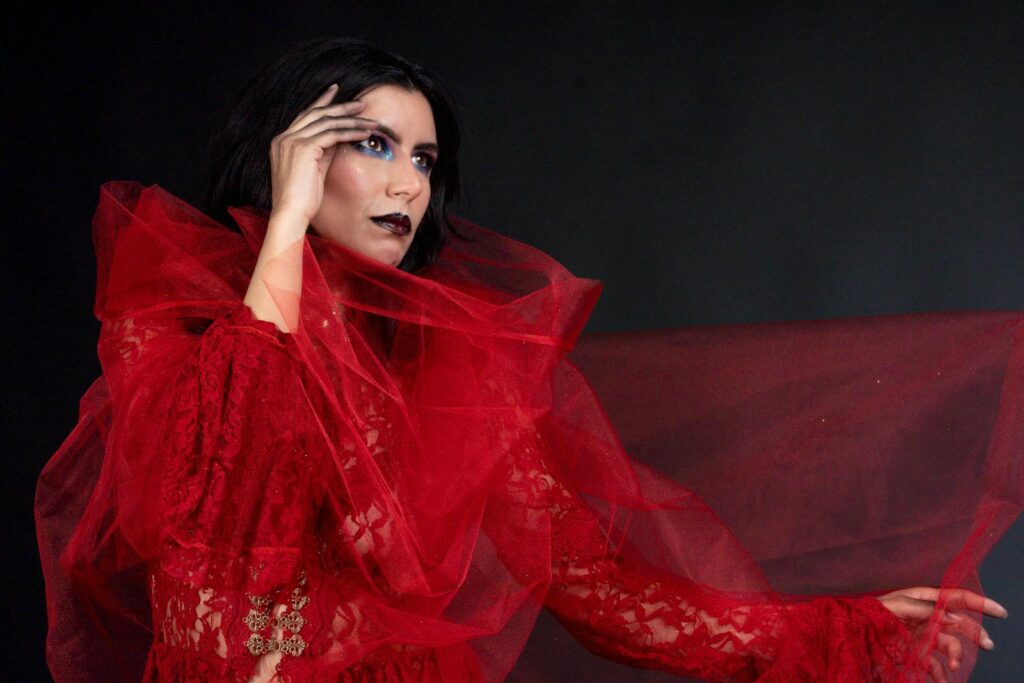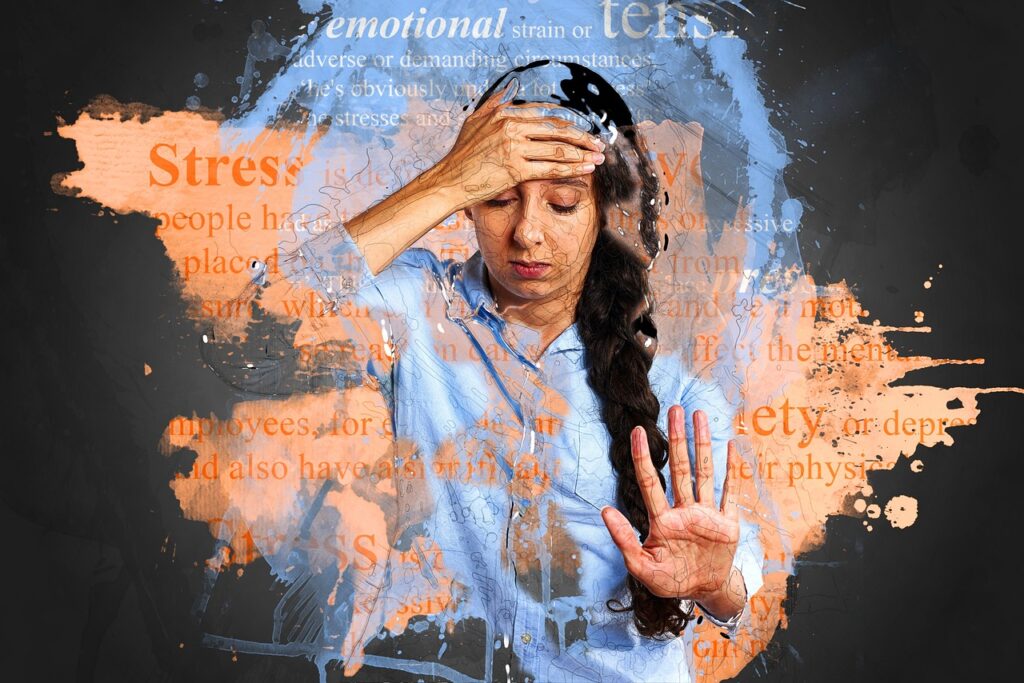Weddings are a whirlwind of emotions, a ballet of moments that dance by in a blur of white veils and heartfelt vows. As a photographer, capturing these fleeting seconds is akin to bottling lightning – it’s about seizing the essence of the day in a frame that will outlast the echoes of ‘I do.’ But what happens when the unexpected occurs? When the meticulously planned gives way to the impromptu, and you find yourself shooting an entire wedding in JPEG format? This is the story of an accidental JPEG odyssey, a journey that began not with a contract, but with a familial bond and a camera reluctantly in tow.
I am, by all accounts, a hobbyist photographer. My usual muses are the undulating landscapes, the untamed wildlife, and the candid street scenes that unfold without a script. Portraits, and especially those of the matrimonial kind, are rarities in my viewfinder. Yet, here I was, at my nephew’s wedding, camera in hand, about to document one of the most significant days in a couple’s life. It was a role I hadn’t envisioned for myself, one that I stumbled into out of necessity rather than choice. They had no professional photographer, no one to immortalize the big moments – the exchange of rings, the first kiss as a married couple, the slicing of the cake. With a sense of duty and a touch of trepidation, I stepped into the breach.

The day unfolded like a dream, each moment a thread in the rich tapestry of celebration. I shot with abandon, capturing the laughter, the tears, the stolen glances. Over 800 photos later, I realized the magnitude of what I had done – all in JPEG. A format often maligned by professionals, seen as the lesser sibling to the vaunted RAW. Yet, as I sifted through the images, I couldn’t help but feel a sense of accomplishment. The photos were vibrant, alive with the day’s joy, and they were all the more precious for their imperfections. They were real, unvarnished by the endless possibilities of post-processing, a true reflection of the day as it was.
This experience, though born of oversight, was a revelation. It reminded me that photography is not just about the technicalities, the file formats, or the gear. It’s about the stories, the connections, the memories we hold dear. And sometimes, the best stories are those that are unplanned, unscripted, and beautifully flawed. So, while some might say, ‘Kill me please,’ for shooting a wedding in JPEG, I say, ‘Thank you.’ Thank you for the reminder that in the end, it’s not about the format; it’s about the picture, the moment, the emotion captured within that frame.

As I delved deeper into the world of JPEG photography, I discovered I was not alone in my appreciation for this often-overlooked format. Enter Scott Robert Lim, an award-winning wedding and portrait photographer who has been shooting exclusively in JPEG for over two decades. His work, a testament to the power of JPEG, has garnered international acclaim and shattered the myth that professional photography is synonymous with RAW. In an enlightening interview, Scott shared his journey, his workflow, and his reasons for embracing JPEG in a profession that often regards it with skepticism.
Moving on from my own JPEG journey, let’s dive into the world of a professional who has mastered the art of shooting in JPEG: Scott Robert Lim. With over two decades of experience and a plethora of international awards under his belt, Scott’s insights are invaluable for anyone looking to understand the potential of JPEG in professional photography.
Scott’s journey with JPEG began out of necessity. In the early days of digital photography, the limitations of memory cards and camera buffers made shooting in RAW a cumbersome process. Scott recalls, “When you shoot in JPEG, it makes everything faster.” The ability to shoot continuously without waiting for the camera to buffer was crucial for capturing fleeting moments at weddings, which are often once-in-a-lifetime shots.

The decision to shoot in JPEG wasn’t just about speed, though. Scott also faced technical challenges with RAW files, such as image errors when the camera was jostled while writing large files to memory cards. These issues were significant enough that a renowned wedding photographer advised him against shooting in RAW, citing similar problems. This advice, coupled with Scott’s own experiences, solidified his preference for JPEG.
Cost savings is another factor that Scott emphasizes. The 3-2-1 backup rule he follows—three copies of data, two local and one online—means that data storage quickly adds up. Shooting in JPEG significantly reduces the amount of storage needed, which not only simplifies his backup process but also saves money. Scott’s ability to store his entire digital portfolio on a 14 TB drive, as opposed to needing 50-60 TB for RAW files, is a testament to the practicality of JPEG for his workflow.
When it comes to editing, Scott is all about efficiency. He points out that working with JPEG files is much faster than RAW, both in terms of computer performance and time spent editing. This speed allows him to sift through thousands of images quickly, making his post-processing workflow more streamlined. Despite JPEG’s limitations in dynamic range and detail compared to RAW, Scott’s work has been published worldwide without anyone noticing the difference. He attributes this to his skill in post-processing and his ability to capture sharp, well-exposed images in-camera.
For photographers considering the switch to JPEG, Scott advises focusing on lighting and exposure. Since JPEG files offer less leeway for correction than RAW files, getting the exposure right in-camera is crucial. He likens it to shooting slide film, where precision was key. Modern mirrorless cameras, with their real-time exposure previews, make it easier to achieve the correct exposure, reducing the need for the additional latitude that RAW provides.
Scott acknowledges that there are situations where shooting in RAW could be beneficial, such as when dealing with high-contrast scenes that require pulling back highlights. However, advancements in editing software have made it possible to address these challenges without the need for RAW files. For Scott, the benefits of JPEG far outweigh the occasional convenience of RAW.
In the rare case that a client specifically requests RAW files, Scott is willing to accommodate. However, he finds that most clients are more interested in the results than the technical details of how the images are captured. His success in delivering stunning images has made the file format a non-issue for the vast majority of his clients.
For creators looking to optimize their workflow for JPEG, Scott suggests a gradual transition. By shooting in both JPEG and RAW initially, photographers can practice editing with JPEG files while still having the RAW safety net. Over time, as confidence in JPEG grows, the reliance on RAW can be reduced or eliminated.
Scott’s experience raises the question: Will you switch to shooting JPEG? The advantages he outlines—workflow speed, reduced computer load, and cost savings—are compelling reasons to consider JPEG as a viable option for professional photography.
The tale of the accidental JPEG wedding photographer and the insights from Scott Robert Lim paint a picture of JPEG as a format that is not only practical but also capable of producing professional-quality results. It challenges the notion that RAW is the only path to professional photography and invites us to reconsider our preconceptions about JPEG. Whether you’re a hobbyist or a seasoned pro, the message is clear: it’s not the format that defines the quality of your work, but the skill, creativity, and passion you bring to each shot.
Related posts:
Should You Shoot JPEG as a Professional Photographer?
Is JPEG Really That Bad?
Film wedding photographer





